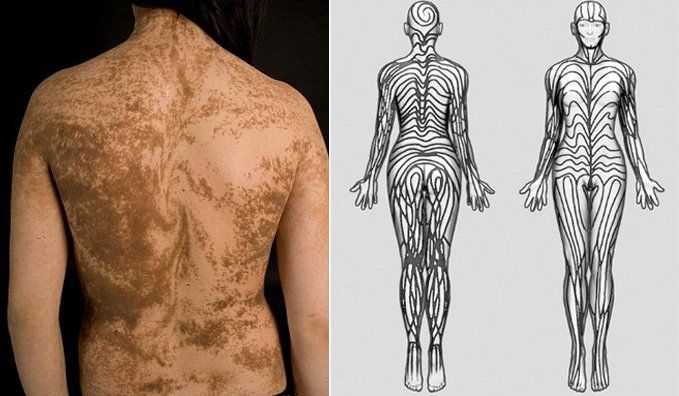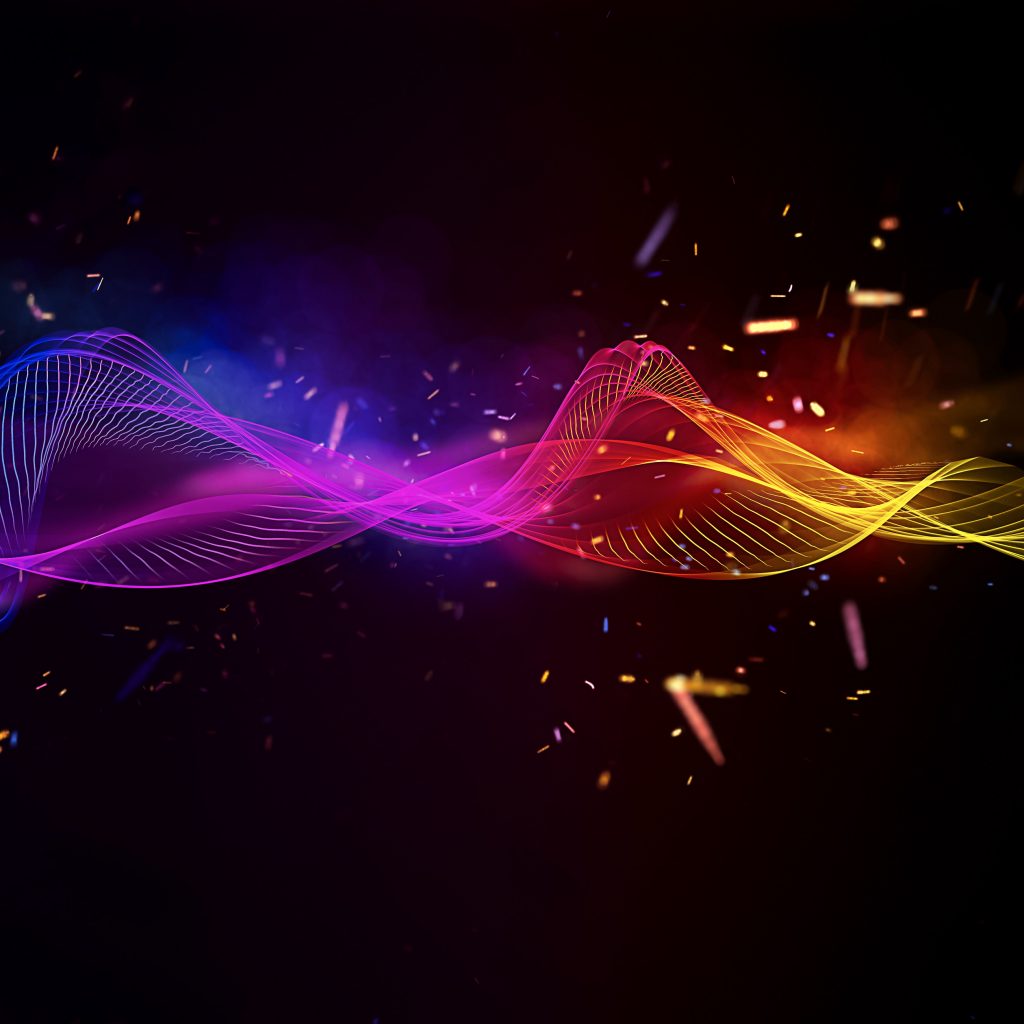
In this Tiny Expedition, we explore the genetics that make people look different.
All through this season of Tiny Expeditions, we’ve talked about animal stripes, but did you know there are some people that appear to have stripes? On humans, the markings are called Blaschko’s lines.
Animal Morphology Expert Greg Barsh, MD, PhD, also has studied human morphology. He notes, “Generally you see Blaschko’s lines in individuals that have two different populations of cells that differ in their genetic composition.”
While it’s not the same genetic phenomenon that causes, say, tiger stripes, it’s not totally unique to humans either. Barsh explains, “You actually see something very similar to Blaschko’s lines in dogs.” In man’s best friend, the pattern is called brindle, and it mirrors Blaschko’s lines closely.
Of course, when it comes to human appearance, there are far more common differences in appearance. Facial structure, skin tone and eye color all help to create the massive spectrum of human diversity.
To learn more about why humans come in so many shapes and colors, why people from different regions have different skin tones and what genetics can tell us about it all—listen to Tiny Expeditions Episode 6: Why are Humans Different Colors?








